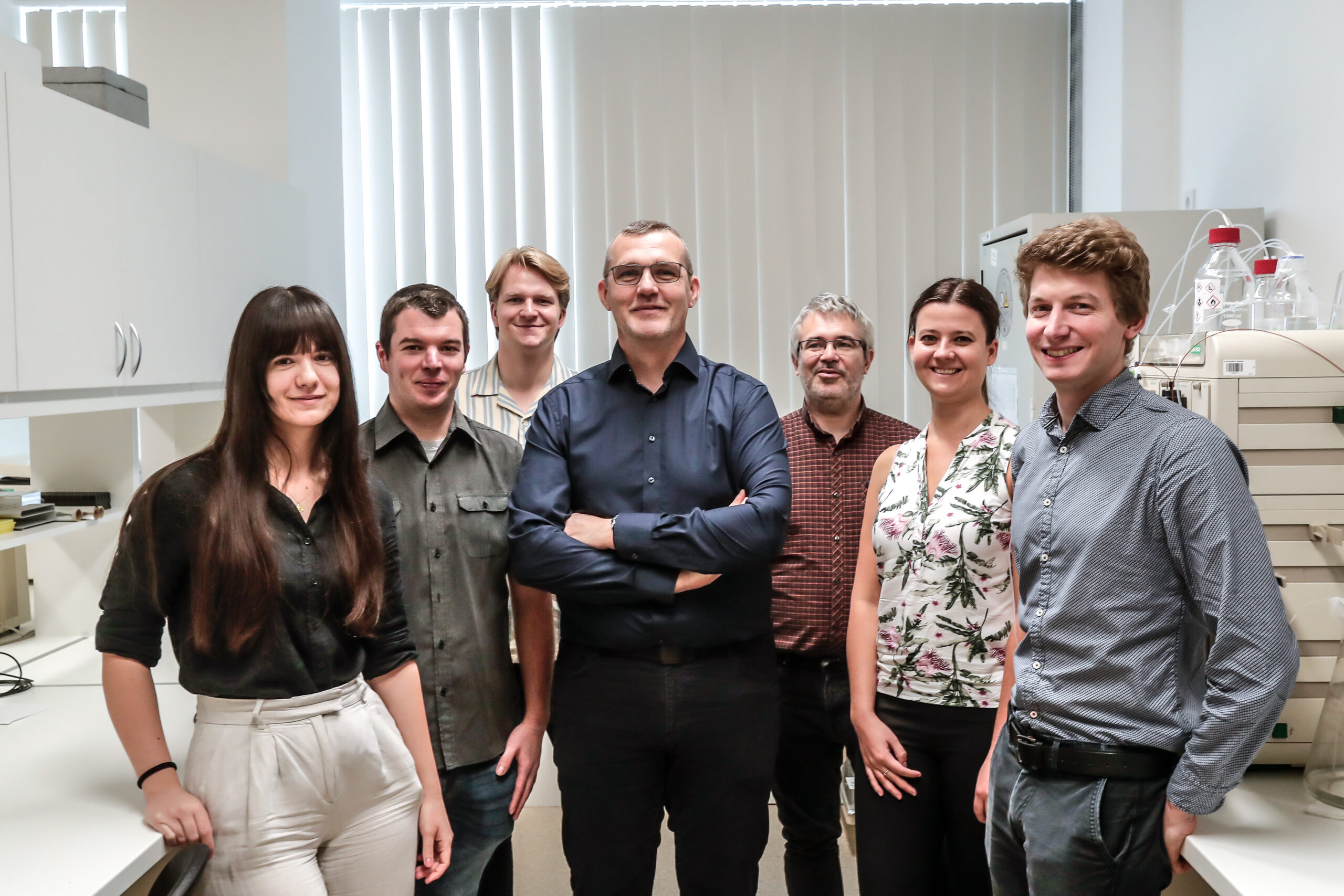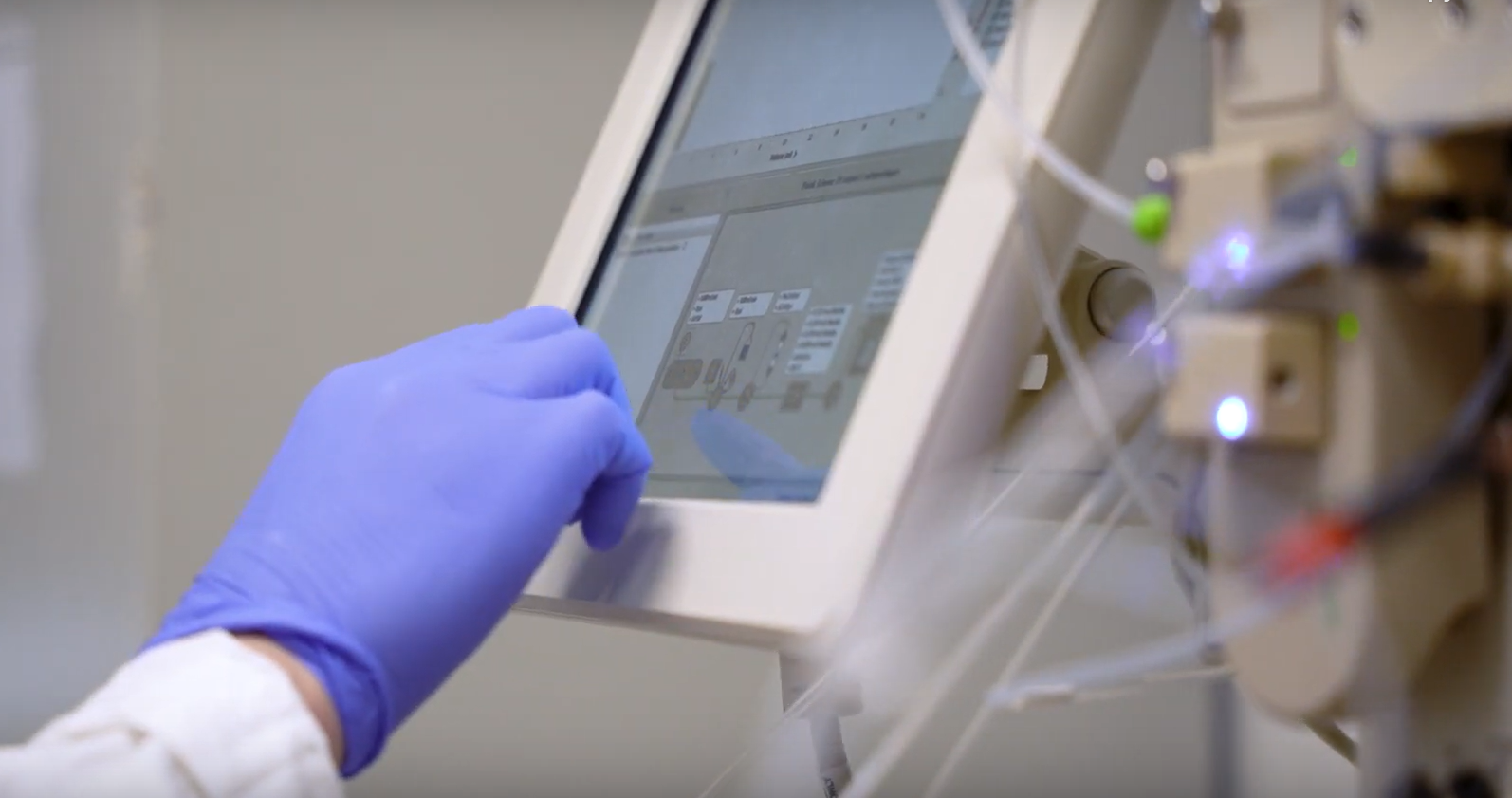| Grant: | K_21-OTKA (K 139105) |
| Amount of support: | 46.960.000 Ft |
| Duration: | 2021.09.01-2026.07.31 |
| Principal investigator: | Zoltán Giricz, PharmD, PhD |
Summary
Obesity and high blood lipid levels are closely associated with heart disease. Extracellular vesicles (EVs) are small particles released from various cell types, including heart cells and stem cells. During intercellular communication, EVs deliver information to target cells that can promote tissue regeneration and survival. However, the content of these EVs can change in the context of obesity.
In our research, we investigate the role of EVs in obesity-related heart diseases. We place special emphasis on exploring the diagnostic and therapeutic potential of EVs, particularly regarding their ability to stimulate cardiac tissue regeneration. Our goal is to assess the beneficial effects of stem cell-derived EVs in cases of myocardial infarction. However, under conditions of obesity, EVs may behave differently or less effectively. Therefore, we also examine how obesity affects EVs and their biological activity.
Participating leading researchers, collaboration partners, universities, companies
Part of our studies has been carried out in collaboration with the Institute of Biophysics and Radiation Biology at Semmelweis University.
The isolation and maintenance of stem cells are conducted in collaboration with the Mesenchymal Stem Cell (MSC) Laboratory of the Department of Internal Medicine and Hematology at Semmelweis University, led by Dr. László Cervenák.
Applied methods and tools
In our investigations, we employ world-class in vitro techniques to determine the quantity and the protein, nucleic acid, and lipid composition of EVs. The quantity of EVs is measured using nanoparticle tracking analysis (NTA); protein composition is examined by western blot and mass spectrometry; and nucleic acid composition is analyzed using polymerase chain reaction (PCR).
To study the functional effects of EVs in living systems, we have developed several in vitro methods using live-cell confocal microscopy and luminescence-based plate reader assays.
Pictures
Mission and benefits
Our research may open new avenues for EV-based approaches that could lead to breakthroughs in the treatment of heart failure in obese patients. The results may contribute to the initiation of new drug development programs in the field of stem cell-derived regenerative EV therapy and shed light on key factors necessary for improving the clinical applicability of EVs.


